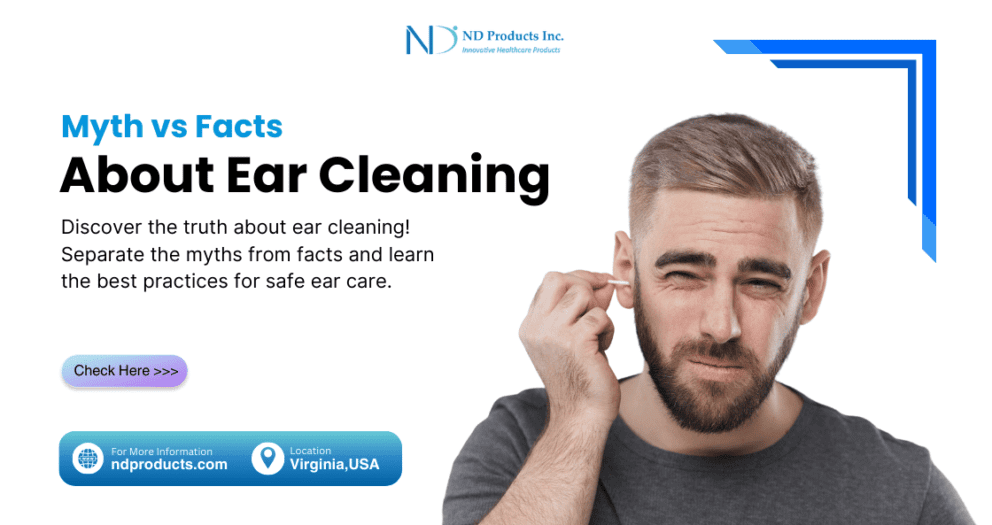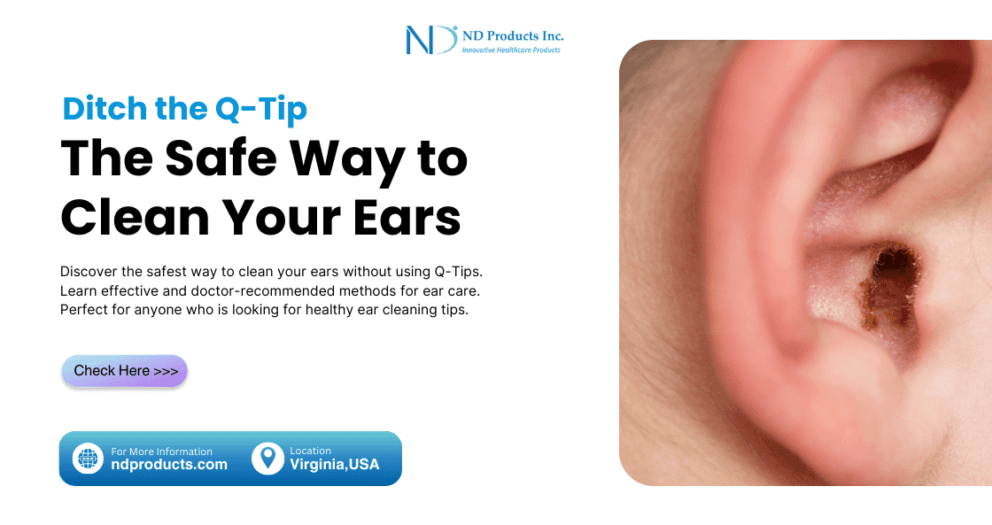Understanding Earwax Build-Up: Causes and Effective Removal Methods
Earwax, scientifically known as cerumen, is a natural substance produced by the glands in our ear canal. While often overlooked, it plays a crucial role in protecting our ears from dust, bacteria, and other foreign particles.
However, excessive buildup of earwax can lead to discomfort, hearing problems, and even infection. In this comprehensive guide, we’ll delve into the reasons behind earwax accumulation and explore safe and effective methods to remove it.
The Purpose of Earwax:
Earwax is not just a nuisance; it serves several important functions in maintaining ear health. One of its primary roles is to trap dirt, dust, and other debris, preventing them from reaching the delicate inner ear.
Additionally, earwax contains antibacterial properties that help fend off infections, keeping the ear canal clean and healthy. Furthermore, it acts as a lubricant, keeping the skin of the ear canal moisturised and preventing dryness and irritation.
Why Does Earwax Build Up?
While earwax is beneficial, problems arise when it accumulates excessively. Several factors contribute to this buildup, including:
- Overproduction: Some individuals naturally produce more earwax than others due to genetic factors or hormonal changes.
- Narrow Ear Canals: People with narrow or oddly shaped ear canals are more prone to earwax buildup as it is more difficult for the wax to naturally migrate out of the ear.
- Improper Cleaning: Contrary to popular belief, inserting cotton swabs or other objects into the ear can actually push wax deeper into the canal, leading to blockages.
- Age: As we age, the consistency of earwax may change, becoming drier and stickier, making it more likely to accumulate.
Symptoms of Earwax Build-Up:
While it may be tempting to reach for cotton swabs or other makeshift tools, it’s crucial to exercise caution when removing earwax to avoid causing damage to the ear canal or eardrum. Here are some safe and effective methods for earwax removal:
- Over-the-Counter Ear Drops: Commercially available ear drops containing hydrogen peroxide, saline, or mineral oil can soften earwax, making it easier to remove naturally.
- Warm Water Rinse: Gently irrigating the ear canal with lukewarm water using a bulb syringe or specialised ear irrigation kit can help dislodge earwax buildup. Ensure the water is not too hot to avoid burning the delicate skin of the ear canal.
- Ear Irrigation by a Healthcare Professional: In cases of severe earwax blockage that is already pushed and harden in the back of the ear or when home remedies are ineffective, a healthcare provider may perform ear irrigation using specialised equipment to flush out the wax safely.
- Manual Removal by a safe tool: A safe tool, such as spiral tips with safety stop feature can prevent pushing earwax deeper and also prevents going too deep inside of the ear and possibly hurt the eardrum.
Preventing Earwax Build-Up:
Prevention is key to maintaining healthy ears and minimising the risk of earwax accumulation. Here are some tips to help prevent earwax build-up:
- Avoid Cotton Swabs: Refrain from inserting cotton swabs or other objects into the ear canal, as they can push earwax deeper and cause blockages.
- Practice Good Ear Hygiene: Gently clean the outer ear with a washcloth during your regular bathing routine, but avoid inserting anything into the ear canal.
- Use Ear Protection: When swimming or engaging in water activities, use earplugs to prevent water from entering the ear canal and potentially causing earwax to swell.
- Seek Professional Help: If you experience symptoms of earwax buildup or are prone to frequent blockages, consult a healthcare professional for guidance on safe earwax management.
Conclusion
Earwax build-up is a common condition that can be easily managed with proper care and precautions. By understanding the causes of earwax build-up and adopting safe removal techniques, you can maintain optimal ear health and prevent complications such as hearing loss or infections.
Remember to avoid inserting objects into the ear canal and seek professional help if home remedies are ineffective or if you experience severe symptoms. With a little knowledge and care, you can keep your ears clean and healthy for years to come.





